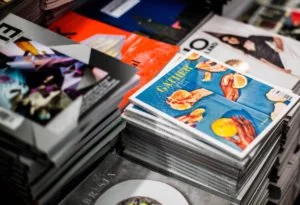Digital printing is a modern printing technique that has gained popularity among professionals and companies over the years. This method involves printing digital-based graphics onto different media substrates without using a printing plate.
Before you start digitally printing your products, you need to consider the type of digital printing that you need and to know how to choose paper for printing to achieve your desired results. Aside from these, you must also decide on the type of bookbinding that you would use.
What is Bookbinding?
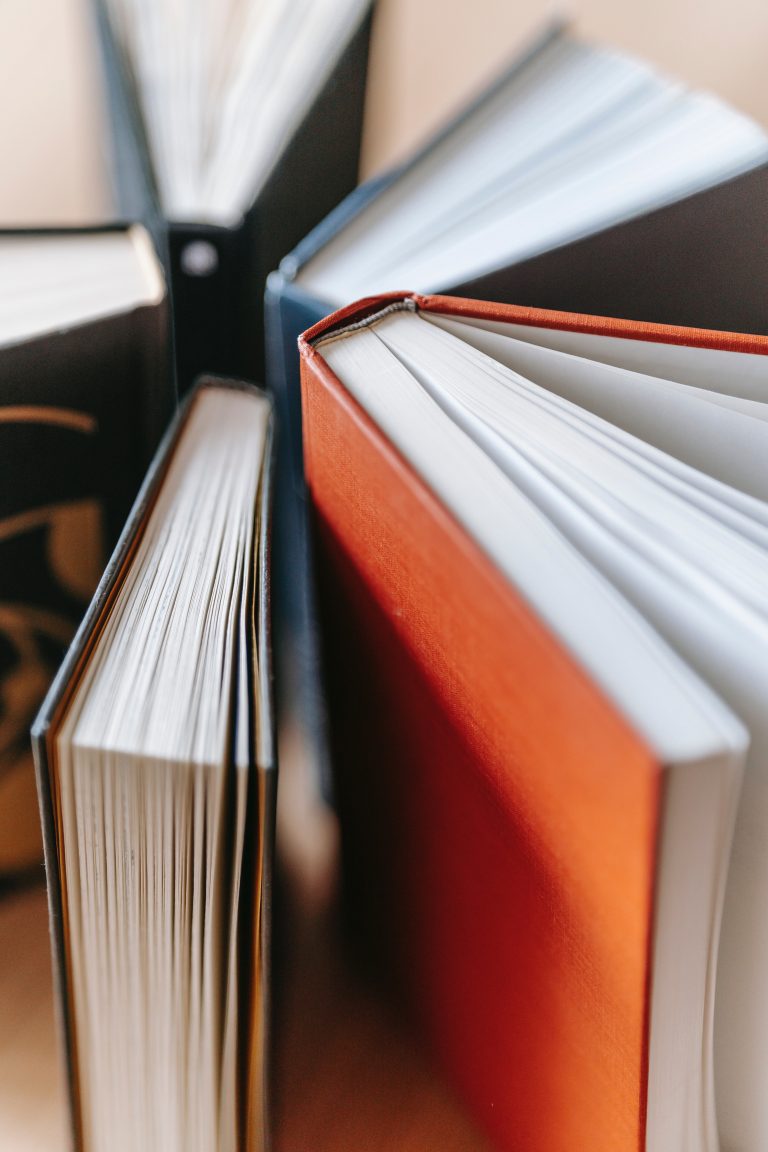
Bookbinding refers to the process of assembling several leaves or folios and placing them between covers to form a book or a codex. The pages are secured together through glue, staples, or thread, depending on the printing binding option that is chosen.
Different Types of Bookbinding Methods
Throughout the years, the art of book printing and binding has evolved to meet the changing needs of individuals and organizations that utilize the process. Listed below are the various portfolio binding options available today, starting from the manual methods.
Manual Bookbinding Methods
Bookbinding has been used as a method of keeping documents and other pieces of paper together even before the rise of machines and digital printing. The bookbinding styles used in the past required manual labor and some have been adopted into the modern era, including the following:
3-Hole Punch
This is one of the easiest methods of bookbinding available that is commonly used in binding textbooks. It is done by using an awl or puncher to poke three, equally distant holes on the document. The papers are then bound together using rings or a fastener.
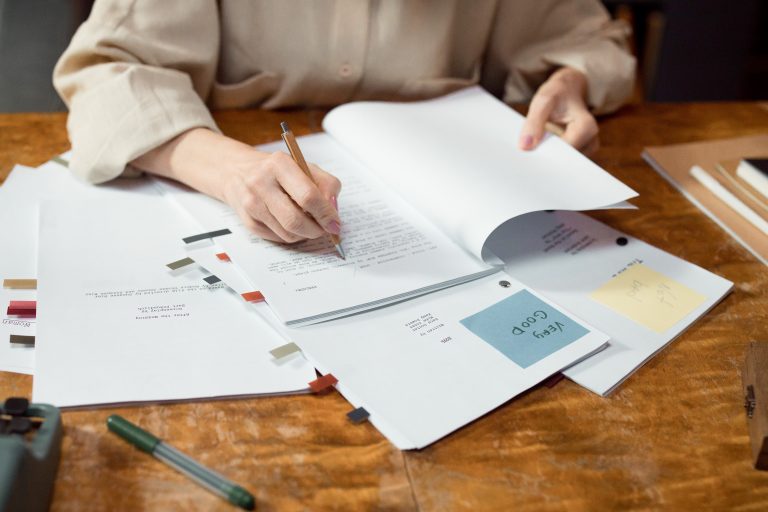
Using the 3-hole punch method is a cheap and efficient way of bookbinding. However, this bookbinding style is not that durable. After a while, some leaves may fall off from the bound pages. This makes the 3-hole punch method ideal only for documents that do not have to be kept bound for a long time.
Screw Post Binding
The screw post binding method is a great and easy type of bookbinding to learn. It can be used to bind documents of different sizes and varying thicknesses. Most of the time, individuals use this method when scrapbooking.
This bookbinding style is done by punching holes on the pages of your document. Screw posts are then used to bind the pages between bookbinding boards.
Since the screw posts can easily be removed, this bookbinding method is ideal if you want to remove or rearrange the pages of your document once in a while. All you need to do is unscrew the posts and remove the covers to “edit” your bound document.
Pamphlet Binding
Another manual way of keeping papers together is pamphlet binding. This bookbinding style offers a simple way of binding folded pages while still allowing for an elegant finish.
Pamphlet binding is accomplished by folding the papers to be bound in half. Three, evenly spaced holes are then created on the papers’ crease using an awl. Then, the pages are sewn together to create a pamphlet.
This method of bookbinding is a great alternative to using staples. However, it is not suitable for binding multiple pages because the thread might not be able to hold the document together.
Japanese Binding
Japanese binding, also known as stab binding, is a non-adhesive bookbinding method. It is a cheap bookbinding style that is similar to pamphlet binding.
Just like pamphlet binding, the pages that will be bound are folded in half. Holes are then poked through the pages using an awl.
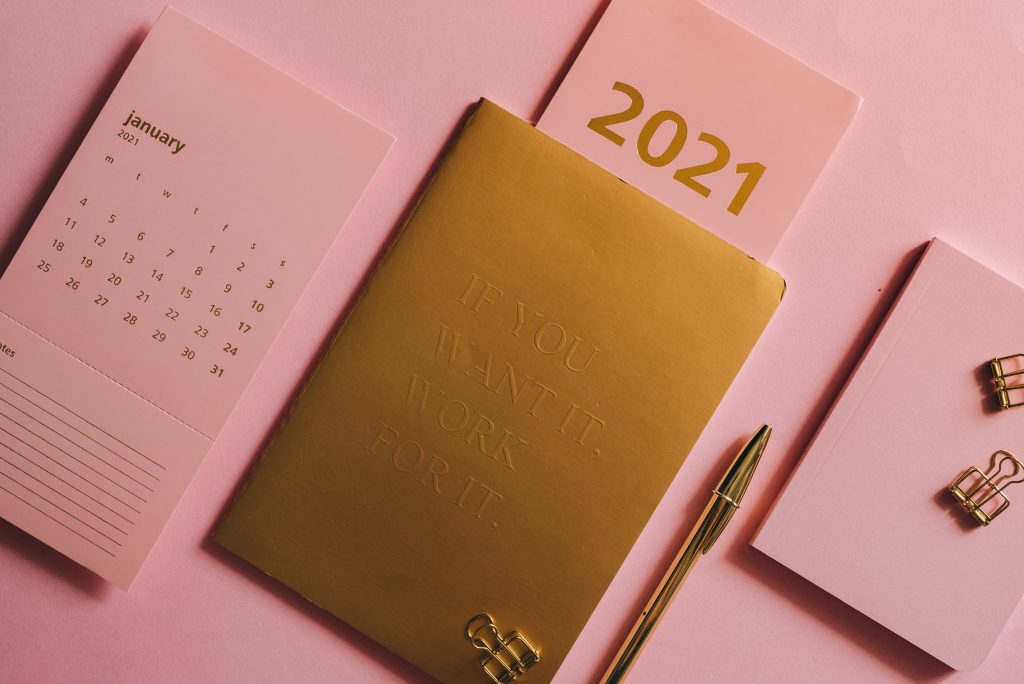
The difference between Japanese and pamphlet binding is that the former produces a more creative output. In stab binding, the pages are sewn together in a complex manner to create decorative designs on the pamphlet’s spine.
Although this bookbinding style produces beautiful outputs, it is not suitable for large projects. Sewing creative designs on several pamphlets can be time-consuming and will require a large amount of effort.
Section-Sewn Binding
This traditional bookbinding method is also referred to as Smyth-sewn binding. It is one of the most secure binding methods that is being used today.
Section-sewn binding, as its name suggests, involves sewing sections of pages together to create signatures—which are a group of sheets folded in half. The signatures are then sewn to each other to complete a book block.
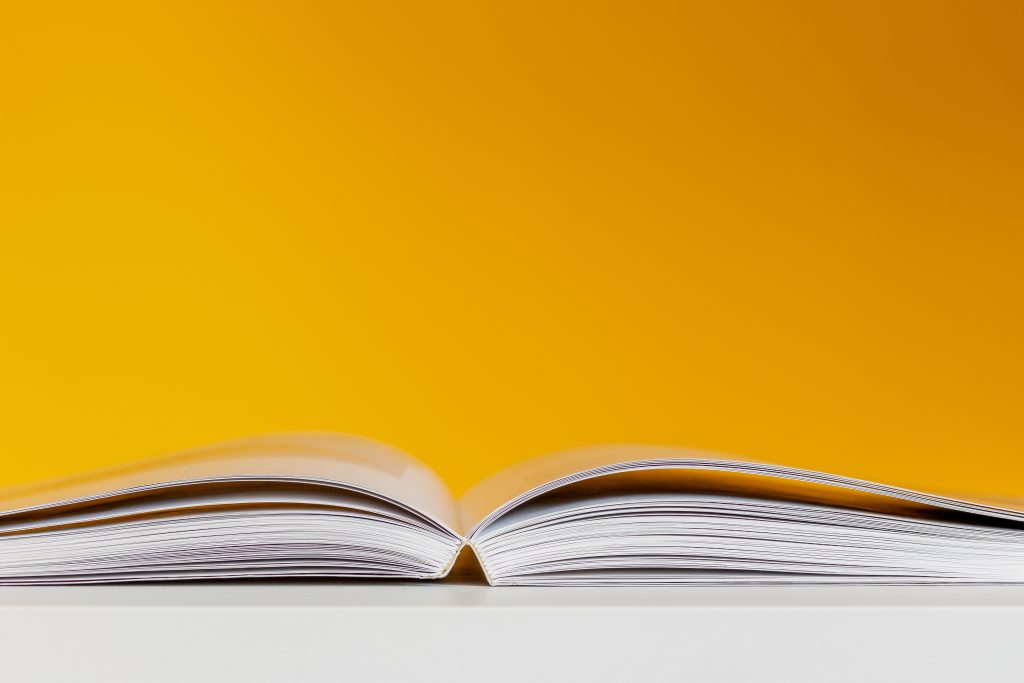
This type of bookbinding is ideal for book production. The product it creates is durable and high-quality, allowing it to last a long time. Because of the meticulous sewing process, the pages of section-sewn books remain intact with no risk of falling out.
However, section-sewn binding may not be ideal for manufacturing several copies of books. This is because this method requires lots of effort, time, and extra care.
Modern Bookbinding Styles
As bookbinding became more popular, the demand for the process also rose. Modern bookbinding methods were then created to address this demand and produce several copies of books more efficiently.
Spiral and Wire Binding
Spiral/coil and wire binding are popular methods used in keeping pages of documents, such as cookbooks and manuals, together. They are preferred by individuals because their outputs lay completely flat, thus providing a great reading experience.
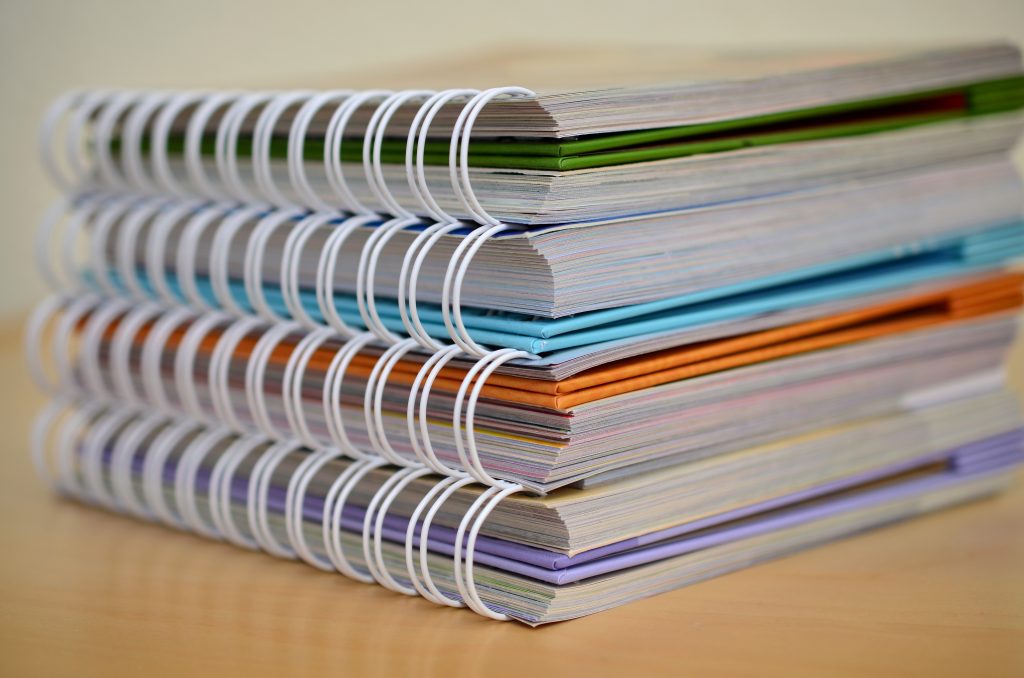
These two bookbinding methods are similar. Before the bookbinding process, the documents’ pages are trimmed and assembled. Then, holes are punched along one side of the sheets.
The difference between spiral and wire binding lays in the material used to bind the pages. In spiral binding, a spiral or coil is threaded through the punched holes on the pages. On the other hand, in wire binding, a wire binding spine is clamped down through the holes created on the documents.
Saddle Stitch
This is one of the simplest modern bookbinding methods that is used for thinner documents. Saddle stitch is often utilized in creating single-issue comic books, lookbooks, workbooks, booklets, and calendars. It can also be used in making magazines and catalogs that have fewer pages.
In this method, full sheets of paper are stapled together in the center. Then, they are folded in half along the spine.
The saddle stitch is an efficient and cheap method that does not require any glue. Since you do not have to wait for anything to dry before getting your finished product, you can use this bookbinding style to manufacture several copies at once.
Perfect Binding
Perfect binding, also called thermal binding, is a bookbinding style typically used on magazines and softcover books. It is a quick and easy bookbinding method that does not require sewing. Despite that, you can still use the perfect binding method to create clean, crisp, and professionally printed products.
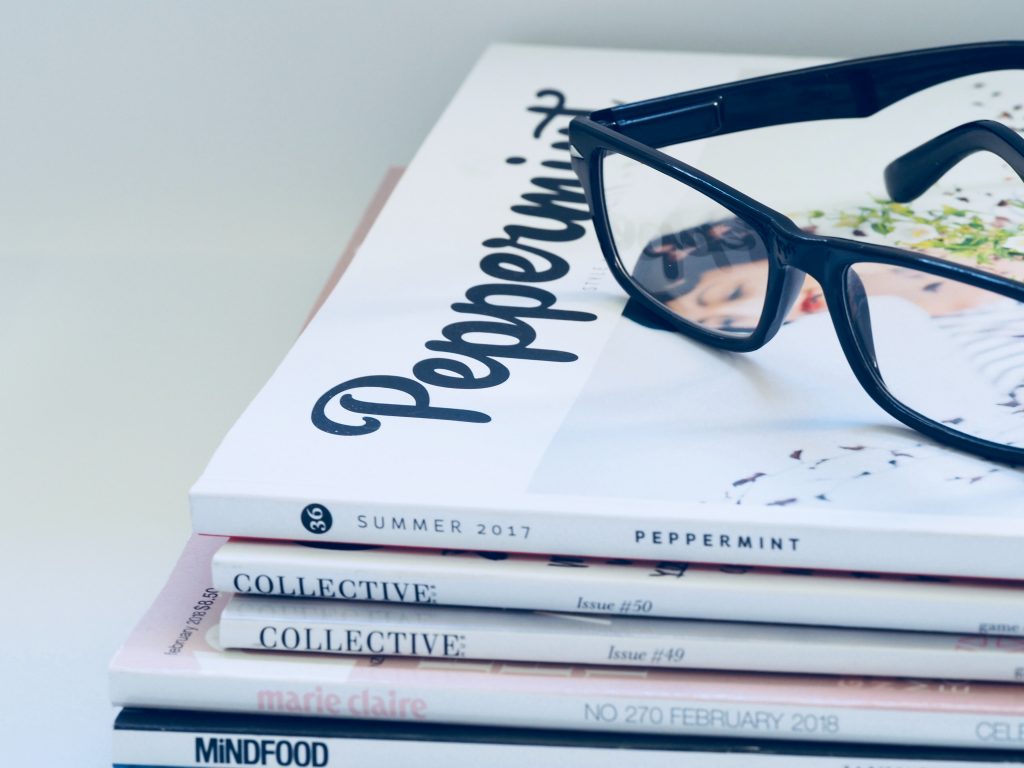
This method is done by evenly stacking the pages to be bound. A few coats of thermal glue are then applied to the cover before attaching it to the pages. Then, a machine is used to heat up the glue, causing the pages to stick to the book’s spine.
Perfect binding is commonly used by printers and bookmakers because of the method’s efficiency. In a minute, you can successfully bind up to 30 documents. This makes this particular bookbinding style ideal for producing large batches of books and magazines.
Case Binding
This method is used in creating hardbound books. The products made through case binding often evoke quality and are durable enough to last for a long time. In fact, most of the hardbound books manufactured in the past still exist and are readable until today.
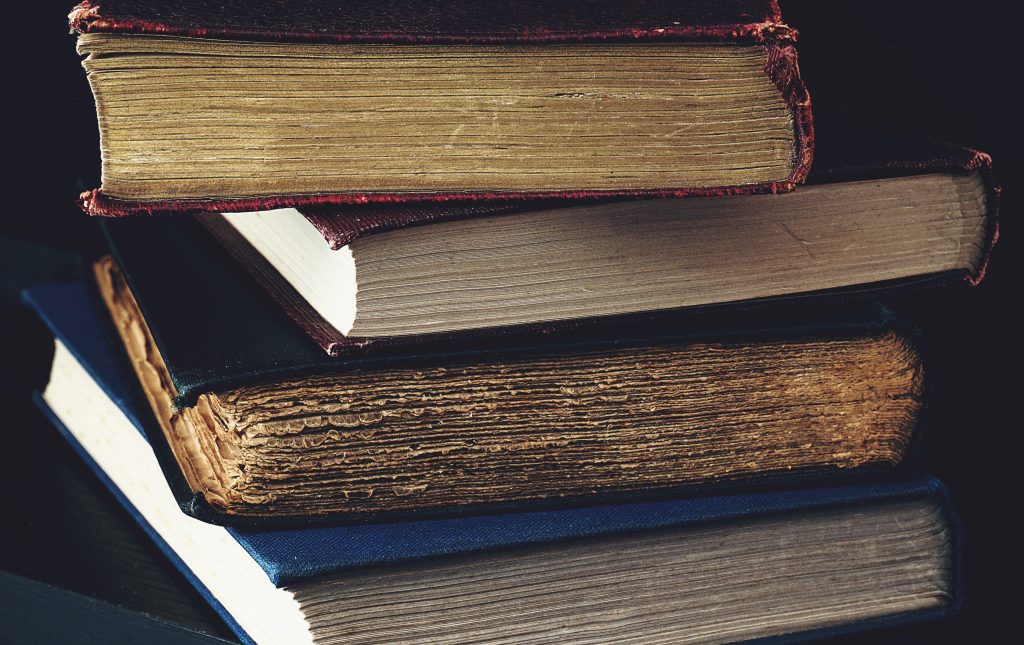
Hardbound books are created by sewing the inside pages together into sections. These sections are then glued to end-papers to come up with a book block. Then, the book block is glued to the book cover’s spine.
One of the benefits of case binding is that you can choose your cover from a variety of materials. You can use your creativity to come up with different cover styles in order to catch the attention of your target market and boost sales.
Board Bookbinding
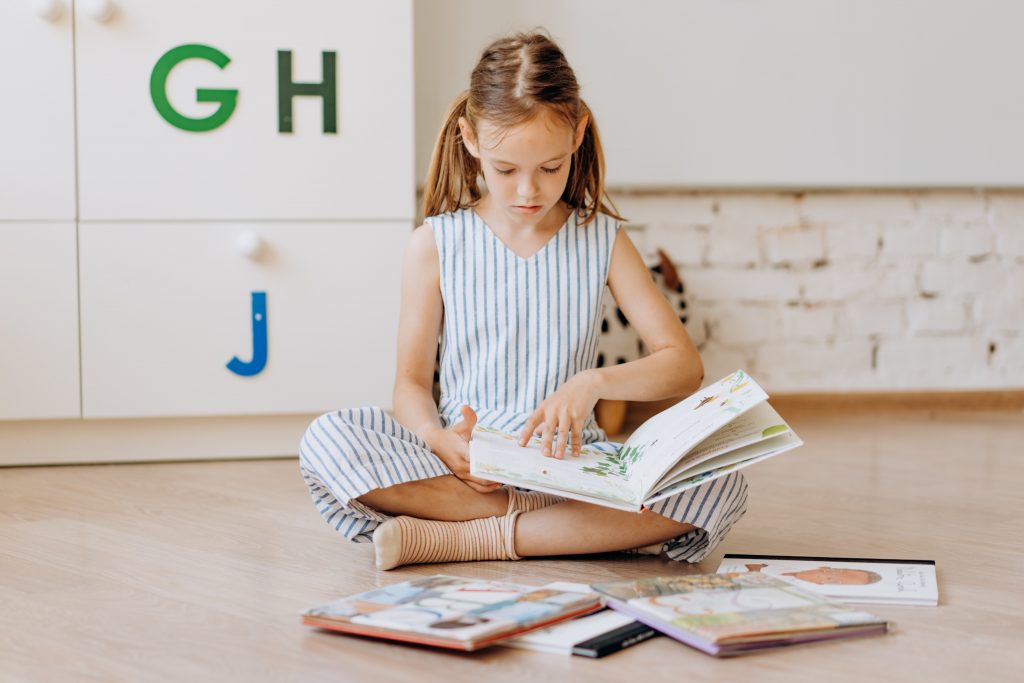
This is a special type of bookbinding that is often used in creating children’s books. Using the board bookbinding method allows you to manufacture durable books that cannot be easily torn by children.
Board bookbinding is done by printing pages on thick paperboards. Each board is then assembled into a book block that has a printed spine.
Which Bookbinding Style Should You Choose?
The bookbinding style you use depends on the project that you are working on. If you only have to create a few products for your personal project, you can opt for the manual bookbinding styles. On the other hand, if you need to create several copies, you should choose one of the modern bookbinding styles listed above.
You should also consider your turnaround time. If you need to come up with several copies within a limited amount of time, then you should select a modern bookbinding method.



